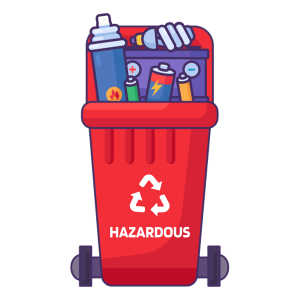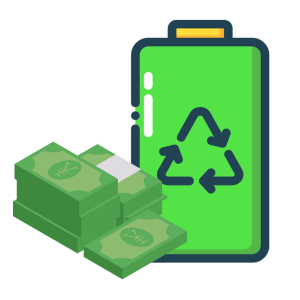Specialized Centers, Incentives, and Standards for a Greener Future
The increasing popularity of disposable vapes in recent years has raised concerns about their environmental impact. These single-use devices often end up in landfills, contributing to electronic waste pollution.
However, with the right steps and infrastructure in place, recycling disposable vapes can be a relatively straightforward and effective way to reduce this environmental burden.
In this article, we’ll explore how disposable vapes can be recycled and how we think that the process can be made more accessible with the right steps, infrastructure, and forward-thinking solutions.

Such centres would take on the responsibility of separating e-liquid tanks, batteries, and device casings, ensuring that each component is processed appropriately.

To make this financially viable for recycling centres, manufacturers could be required to contribute to a recycling fund. Alternatively, they could implement buyback programmes for used batteries, creating a direct incentive for consumers to return their disposable vapes for responsible recycling.
Government subsidies or tax breaks for recycling centres could further incentivise battery recycling.

By making it easier to break down disposable vapes into their component parts, recycling centres can reduce processing costs.
Industry-wide standards for eco-friendly and easily recyclable materials can also be developed, making it more straightforward for recycling centres to process disposable vapes.

This approach not only supports recycling initiatives but also encourages consumers to make more environmentally conscious choices when it comes to vaping products.
By working with recycling centres to ensure that the recycling of batteries and other valuable materials becomes profitable, governments can further promote responsible disposal.

Providing information on where to find recycling centres or drop-off locations for used vapes is also crucial. Together, these efforts can empower consumers to take an active role in reducing electronic waste.

Conclusion
With the implementation of specialised recycling centres, incentives for battery recycling, and standardised manufacturing practices, recycling disposable vapes can become a seamless and environmentally responsible process.
Governments, manufacturers, recycling centres, and consumers must work together to ensure that disposable vape recycling becomes the norm rather than the exception. By collectively addressing this issue, we can create a greener and more sustainable future for vaping products.
SOURCE:vapegreen.co.uk
电子雾化与HNB产品都是新型电子产品,结构虽小,却融合应用多种材料、表面处理、芯片电子等技术工艺,而且雾化技术一直在不断更迭,供应链在逐步完善,为了促进供应链企业间有一个良好的对接交流,艾邦搭建产业微信群交流平台,欢迎加入;Vape e-cigarettes (VAPE) and Heat-Not-Burn e-cigarettes (HNB) are both emerging electronic products. Despite their compact size, they integrate various materials, surface treatment technologies, chip electronics, and other advanced technical processes. Moreover, atomization technology is constantly evolving and the supply chain is being progressively perfected. To facilitate good communication and networking among supply chain enterprises, Aibang has established an industry WeChat group communication platform and warmly welcomes interested enterprises to join.

